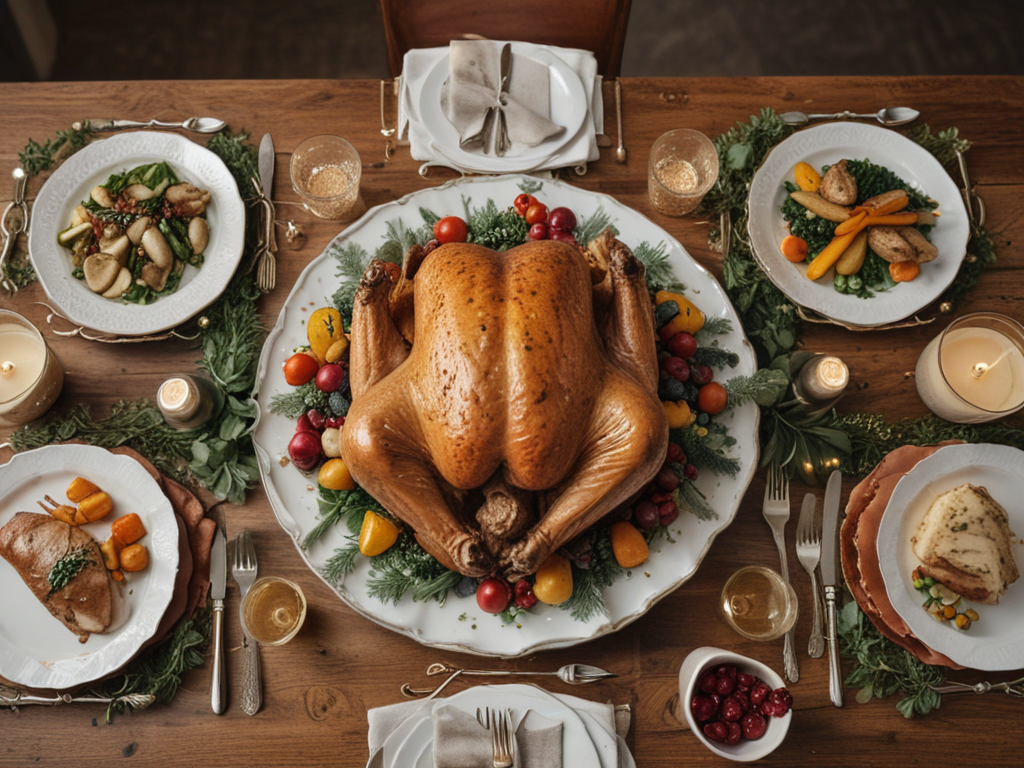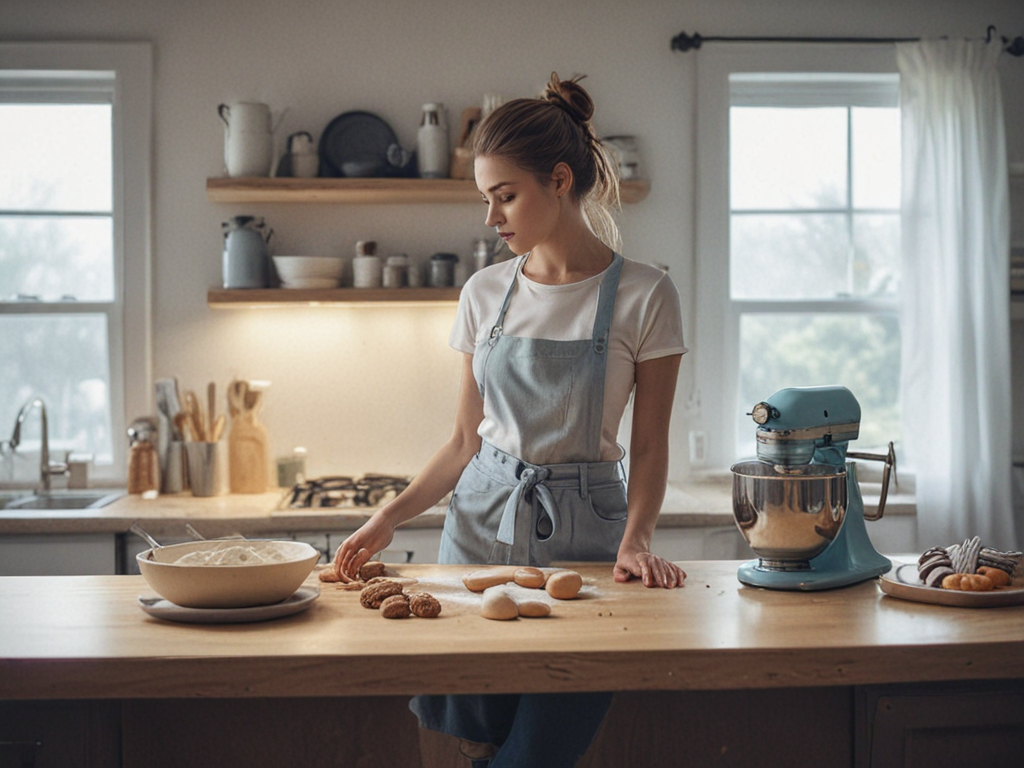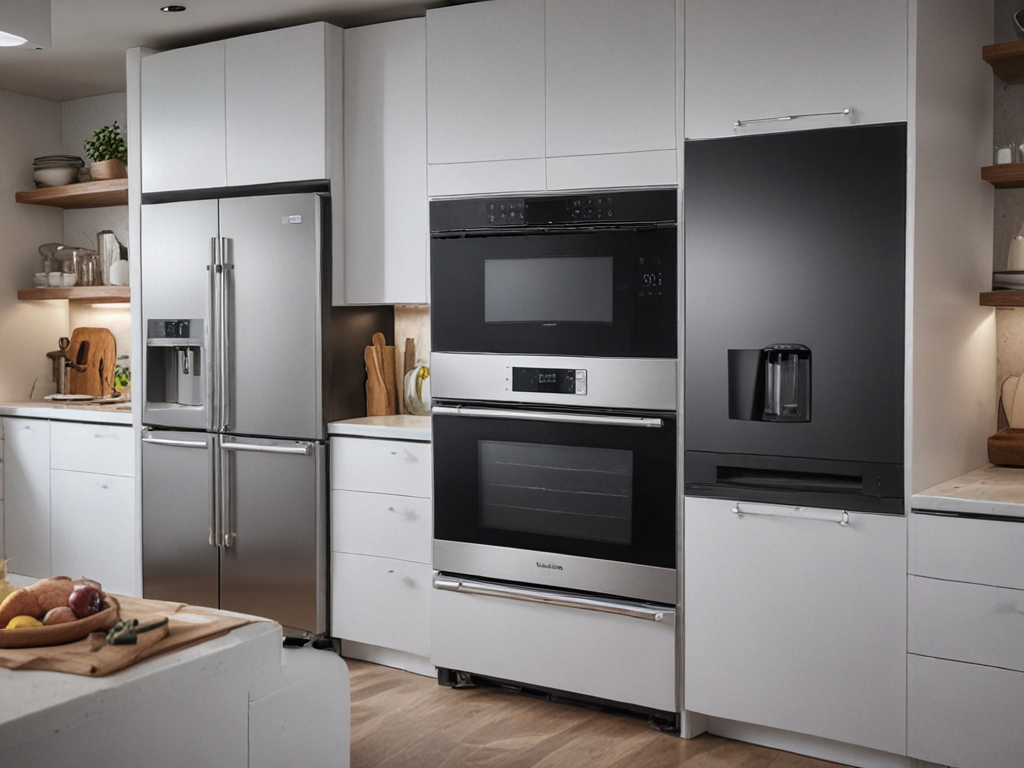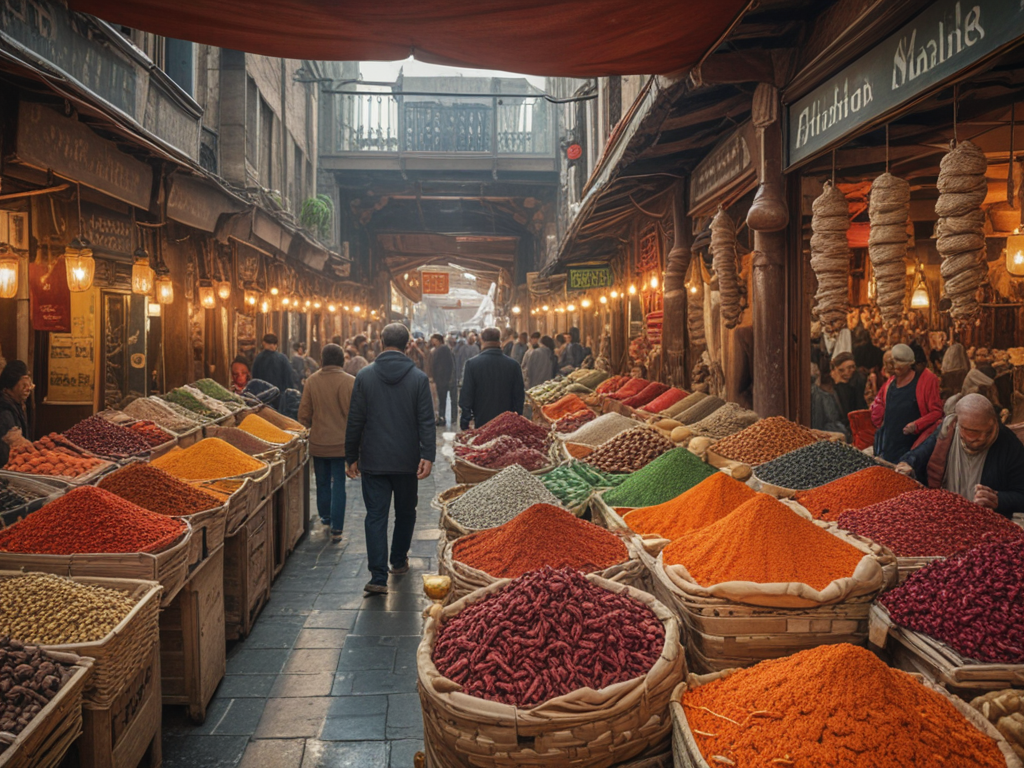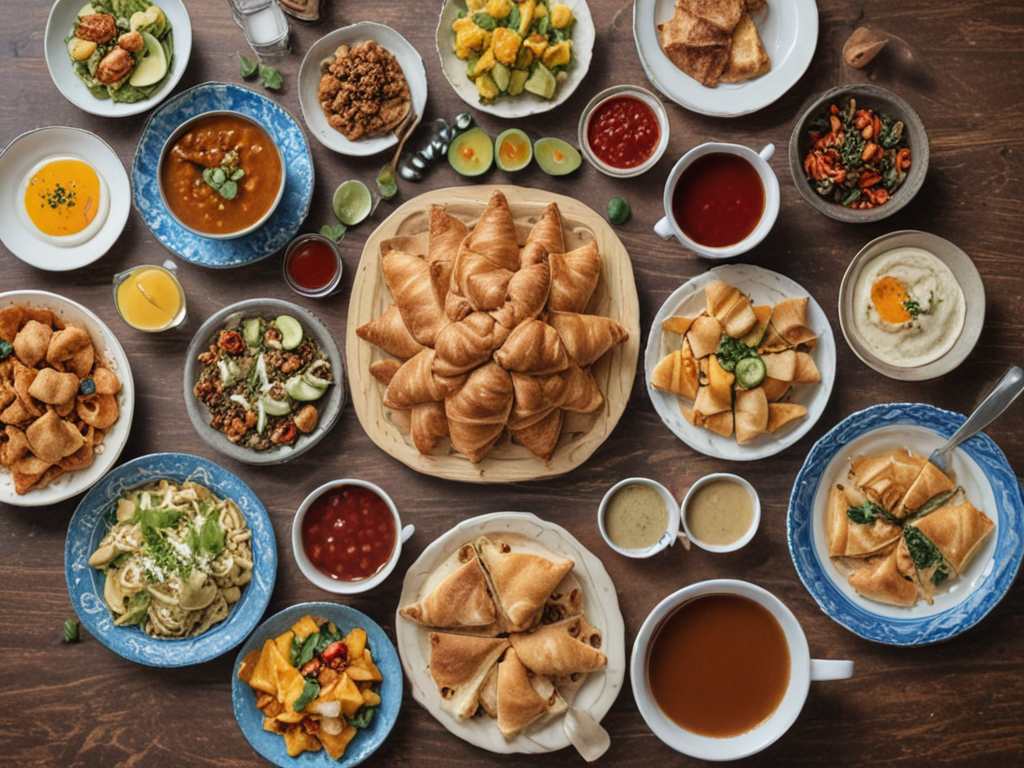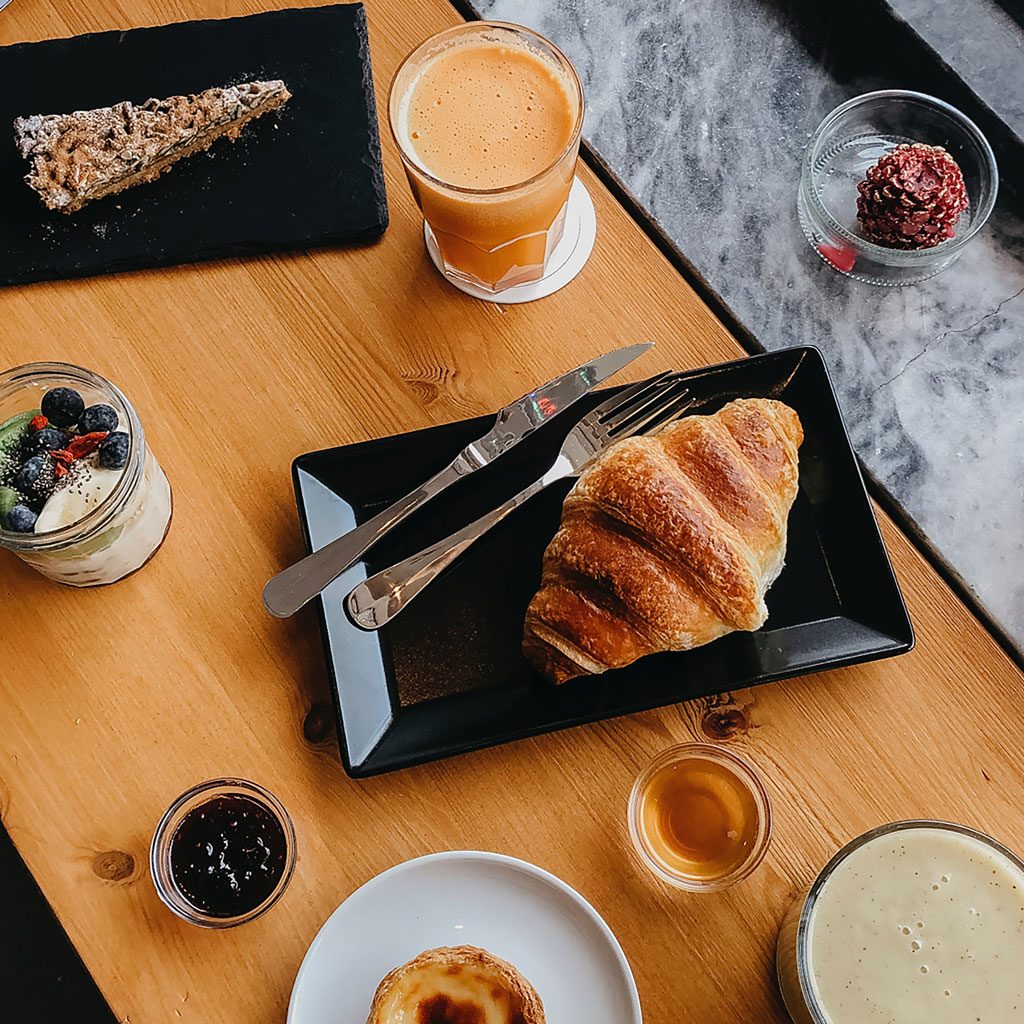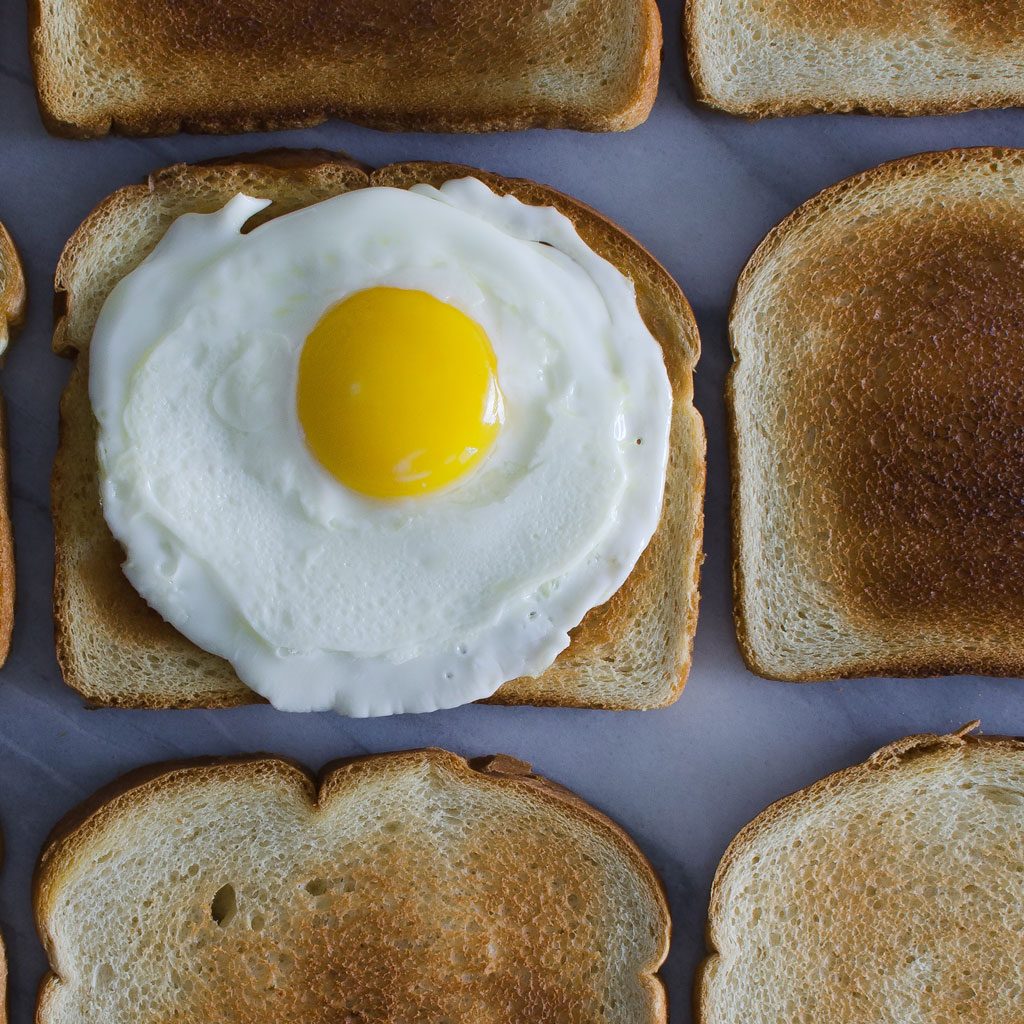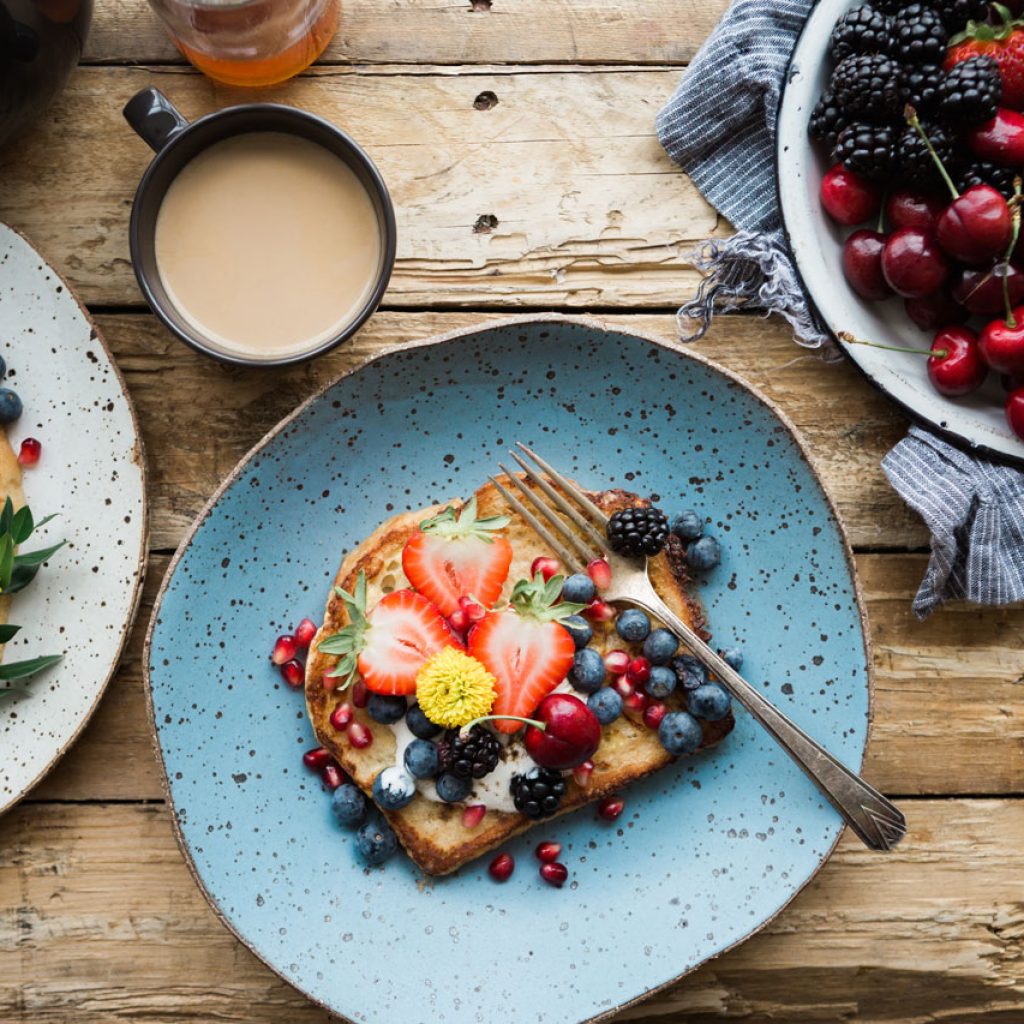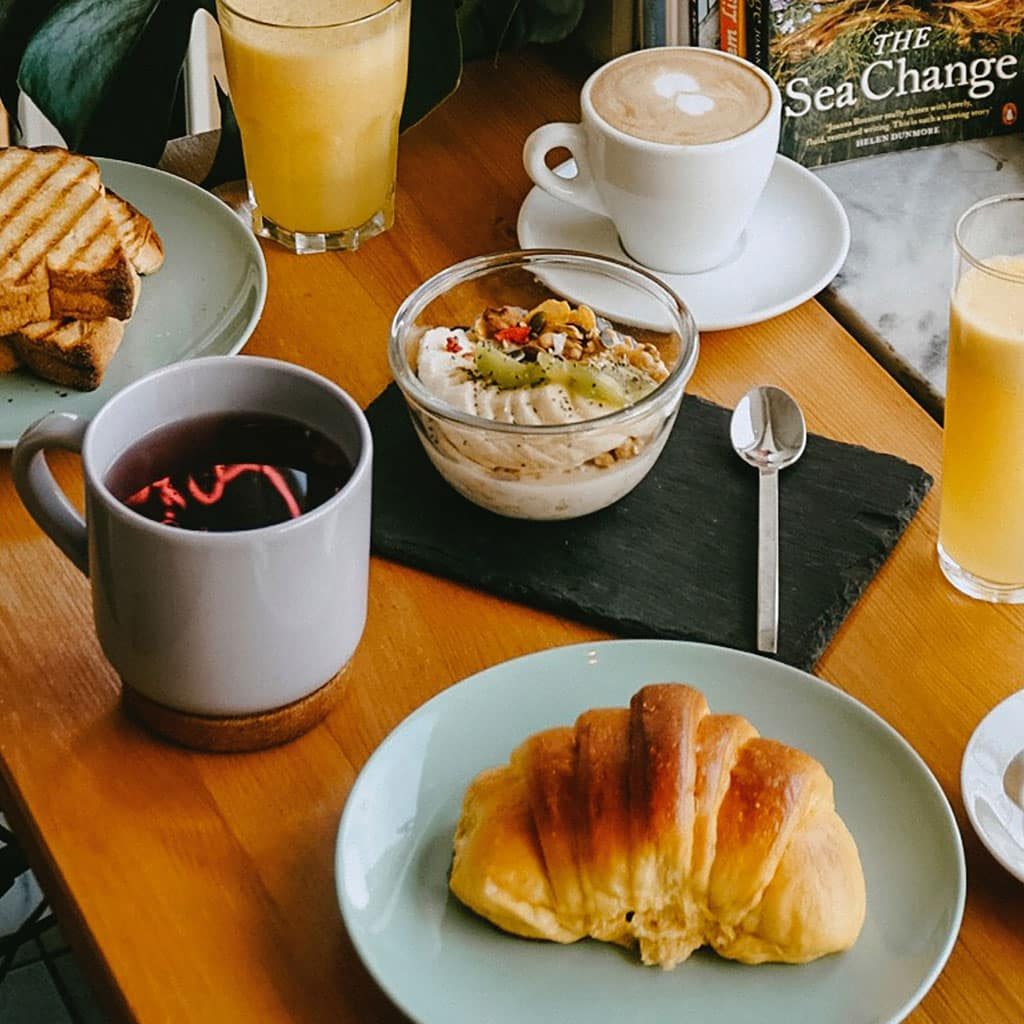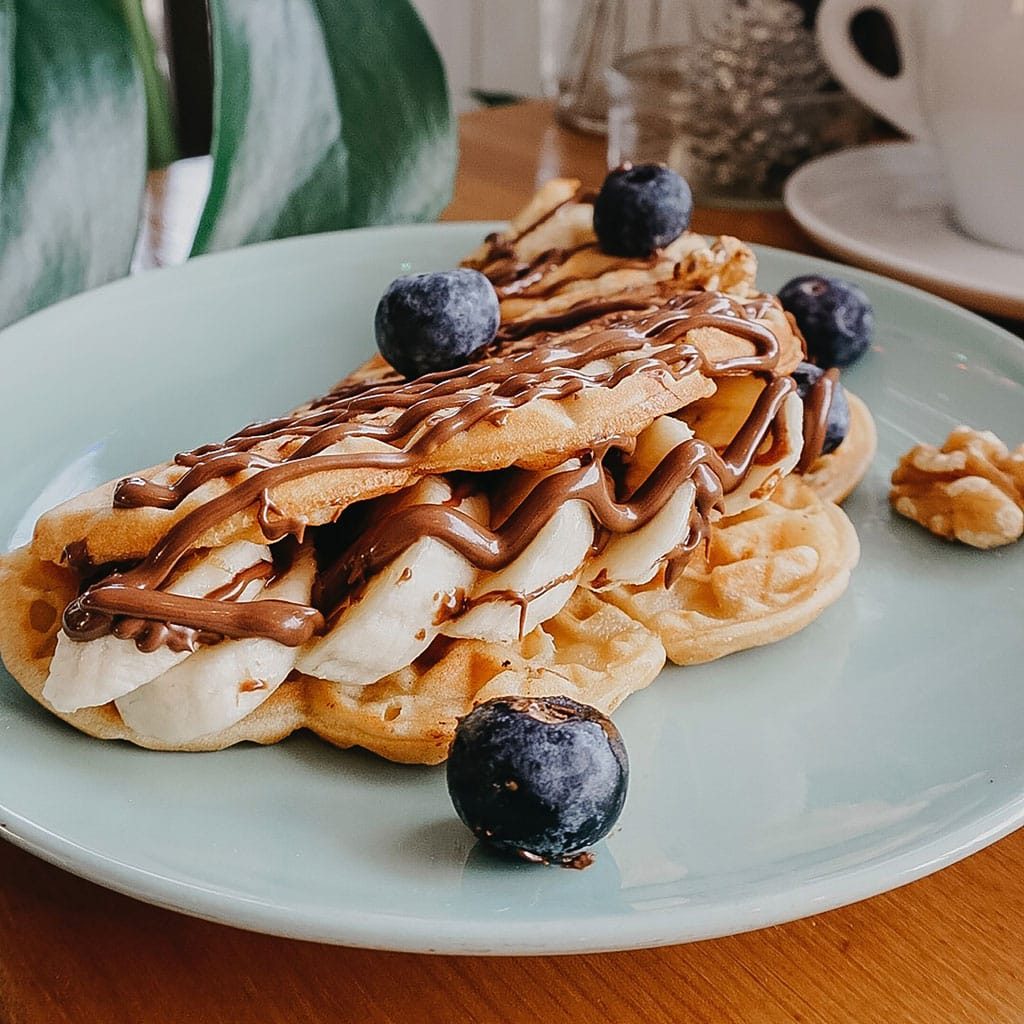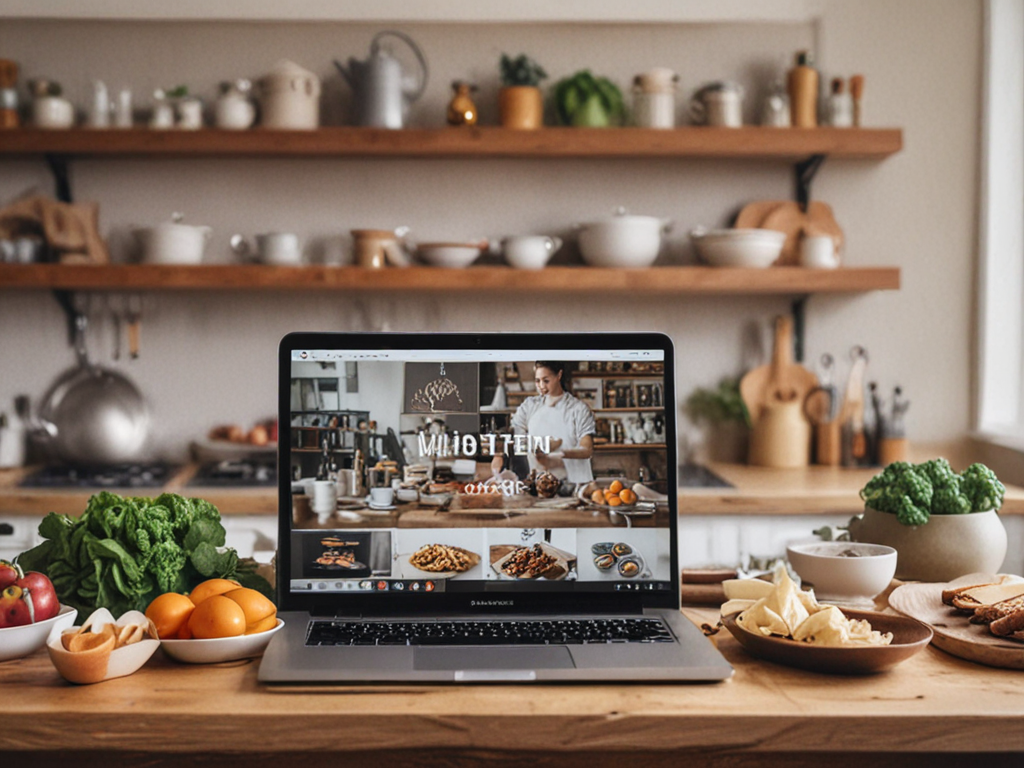
Exploring the digital landscape of food content is akin to traversing a culinary labyrinth where blogs once reigned as the undisputed recipe guides. However, the emergence of vlogs has added a dynamic twist to this gastronomic journey. As we unravel the layers of this evolution, the fusion of flavors and visuals provides a feast for the senses. Yet, behind the scenes lie complexities and adaptations that shape the content creators’ culinary narratives. Join me as we uncover the savory shift from blogs to vlogs and explore the future flavors that await in this evolving online culinary world.
Rise of Video Content Platforms
With the surge in demand for visual content, video content platforms have revolutionized the way information is consumed online. Video tutorials and cooking demos have become incredibly popular, offering viewers a dynamic and engaging way to learn new skills and recipes. Personally, I find these video platforms to be a game-changer in how I approach cooking. Instead of sifting through lengthy written instructions, I can simply watch a step-by-step demonstration that makes the entire process more accessible and enjoyable.
Cooking demos, in particular, have been a favorite of mine on these platforms. Being able to visually see how ingredients come together and how techniques are executed has greatly improved my culinary abilities. Not to mention, the convenience of being able to pause, rewind, and rewatch sections as needed is invaluable. Video tutorials have truly transformed the way I learn and explore new recipes, making the entire cooking experience more interactive and rewarding.
Visual Appeal and Engagement
When it comes to online food content, engaging imagery plays a vital role in grabbing viewers’ attention and sparking interest. Techniques that encourage viewer interaction, such as polls, quizzes, and interactive features, are becoming increasingly popular to enhance engagement. Embracing visually appealing elements and interactive strategies can greatly elevate the overall user experience, making the content more memorable and shareable.
Eye-Catching Imagery Impact
Capturing audience attention through visually appealing imagery is crucial to engaging online food content. Visual storytelling combined with image optimization enhances the viewer’s experience, making them more likely to interact with the content. Images play a crucial role in conveying emotions and messages effectively. They can evoke cravings, memories, and excitement, driving engagement and sharing.
Viewer Interaction Techniques
Utilizing visually appealing content techniques enhances viewer engagement and fosters a more interactive online food experience. Interactive storytelling plays a vital role in engaging audiences and creating a connection that goes beyond passive viewing. By incorporating elements that prompt audience engagement, such as polls, Q&A sessions, or live chats during vlogs, content creators can establish a dynamic and participatory environment. These techniques not only keep viewers interested but also allow them to feel actively involved in the content. Responding to comments, featuring viewer suggestions, or even hosting virtual cooking challenges are effective ways to boost audience engagement. Ultimately, fostering a sense of community through interactive storytelling enhances the overall online food experience, making it more enjoyable and memorable for viewers.
Culinary Creativity in Motion
The culinary world dances with innovation as chefs blend tradition with modern flair, creating a symphony of flavors that captivate the senses. From innovative recipes that push the boundaries of taste to cutting-edge cooking techniques that transform humble ingredients into culinary masterpieces, the domain of food content online is a vibrant playground for culinary creativity in motion.
Experimentation is the heartbeat of culinary creativity, driving chefs to explore new flavor combinations, cooking methods, and presentation styles. Whether it’s infusing traditional dishes with a contemporary twist or inventing entirely new recipes that surprise and delight, the digital space is a canvas for chefs to showcase their ingenuity and passion for food.
As a content creator in the food industry, I revel in the freedom to express my culinary creativity through dynamic videos that capture the essence of each dish. The online platform empowers me to share my innovative recipes and cooking techniques with a global audience, inspiring fellow food enthusiasts to set on their own gastronomic adventures.
Challenges of Transitioning Formats
Exploring the shift in content formats presents a myriad of challenges for online food creators. Moving from a blog to a vlog requires careful consideration and adaptability. Here are some struggles I encountered while managing this change:
- Technical Skills: Learning video editing, lighting, and sound can be intimidating.
- Audience Engagement: Keeping viewers engaged in a visual format differs from written content.
- Equipment Costs: Investing in cameras, microphones, and lighting can be expensive.
- Time Constraints: Creating video content often takes longer than writing a blog post.
- SEO and Discoverability: Understanding how to optimize vlogs for search engines is important for visibility.
Content adaptation is not just about the medium but also about adjusting the way you engage with your audience. Despite the challenges, embracing the evolution from blog to vlog can open up new creative possibilities and reach a broader audience.
Monetizing Food Vlogs
Let’s uncover how food vloggers can turn their passion into profit through various revenue streams like ad revenue, affiliate marketing, and merchandise sales. Brand partnerships and sponsorships play an important role in helping vloggers expand their reach and monetize their content successfully. By strategically combining these monetization avenues, food vloggers can create sustainable income streams while sharing their love for food with a broader audience.
Revenue Streams for Vloggers
Monetizing food vlogs involves strategically leveraging various revenue streams to generate income. As a food vlogger, I have explored different ways to make money from my content. Here are some key methods I have found successful:
- Affiliate Marketing: Partnering with brands to promote products and earning a commission for each sale.
- Sponsored Content: Collaborating with companies to create sponsored videos or posts in exchange for payment.
- Merchandise Sales: Selling branded merchandise like t-shirts, mugs, or cooking utensils to fans.
- Subscription Services: Offering exclusive content or perks to subscribers who pay a monthly fee.
- Ad Revenue: Generating income through advertisements displayed on my videos.
Diversifying revenue streams has been essential in sustaining my food vlogging career.
Brand Partnerships and Sponsorships
Diversifying revenue streams through brand partnerships and sponsorships has been instrumental in enhancing the financial sustainability of my food vlogging endeavors. Collaborating with brands not only adds value to my content but also provides a steady income. Sponsored content allows me to showcase products in an authentic way, resonating with my audience while generating revenue. Partnering with brands aligning with my niche guarantees credibility and relevance. These influencer collaborations open doors to new opportunities and expand my reach. By fostering strong partnerships, I create engaging content that benefits both my viewers and the brands involved. Through strategic marketing and genuine connections, I continue to monetize my food vlogs while staying true to my passion for creating compelling culinary experiences.
Future Trends in Food Content
With the rise of AI-powered recipe recommendations, the future of food content is set to revolutionize how we discover and create new dishes.
- Virtual dining experiences will transport us to different culinary worlds without leaving our homes.
- Interactive cooking tutorials will enable us to cook alongside chefs in real-time, making the learning process more engaging.
- Personalized meal plans tailored to individual dietary needs and preferences will become more prevalent, simplifying the meal planning process.
- Augmented reality will allow us to visualize recipes in 3D, providing step-by-step guidance for intricate dishes.
- Integration of smart kitchen appliances will streamline cooking processes, from ingredient measurement to cooking techniques, enhancing efficiency in the kitchen.
These trends signify a shift towards a more personalized, interactive, and technologically advanced food content landscape, offering endless possibilities for food enthusiasts looking to explore new flavors and cooking techniques.

